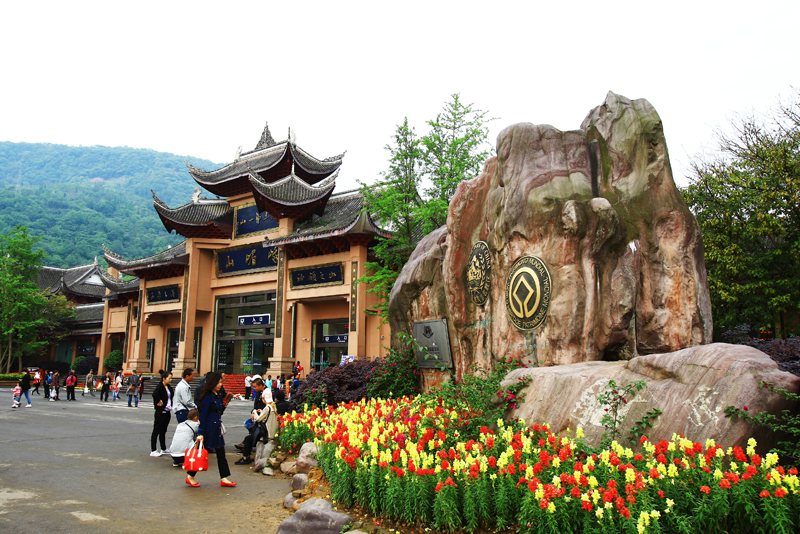Future will be forged through cultural heritage

On June 10, Emei Moutain and other national parks will provide free tickets for visitors to celebrate Cultural and Natural Heritage Day.
The central government attaches importance and exerts great effort to protect national cultural relics. This applies to the Wanshouyan Site, a Paleolithic hominid site in modern Sanming City, Fujian Province, the key protection project for the ancient city of Zhengding in Hebei Province. These protection efforts emphasize that history and culture are the soul of a city. Only when we value our cultural legacy and pass down Chinese civilization to later generations, can we keep the roots of traditions and pass them on to the future.
A river with a plentiful source runs longer and a tree with deeper roots grows greater. This Chinese saying indicates that a solid foundation can help development prosper. China has a long and magnificent history and profound civilization. Over thousands of years, the Chinese nation created brilliant cultures, which are the root and soul of the following generations. The Great Wall, Suzhou traditional gardens, the Three Lanes and Seven Alleys in Fuzhou and numerous traditional villages scattered across the country are the important carriers of traditional Chinese culture, containing the historical information and cultural genes of China, bearing the sense of national identity and pride and becoming irreplaceable witnesses and symbols of national history.
At present, with rapid economic development and new urbanization, the preservation of cultural relics has been confronted with new missions and challenges. In recent years, the funds invested in protecting cultural relics have substantially increased and the preservation of cultural relics has made many achievements. However, some local places still take simplistic measures to deal with issues of protecting cultural relics. Some cities destroyed ancient architecture and constructed foreign buildings and these cities have gradually lost their characteristics, leading to archaeological destruction. So we need to face the new situation and take strong measures to protect cultural relics.
Respecting history not only requires maintenance of cultural relics, but also requires public interest. We should utilize modern technologies and innovative measures to promote the preservation of cultural relics, and strengthen international cultural exchanges to make the antiques in museums and the characters written in ancient books come alive.
